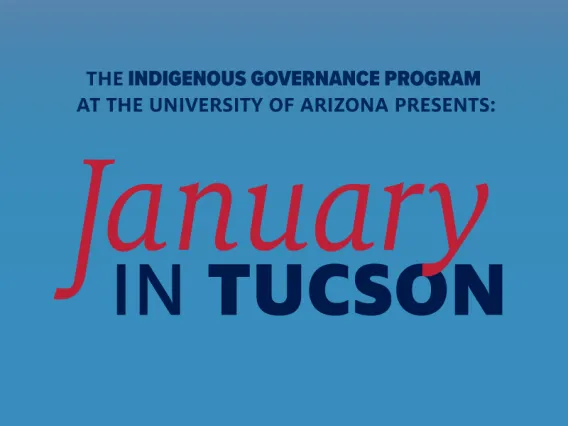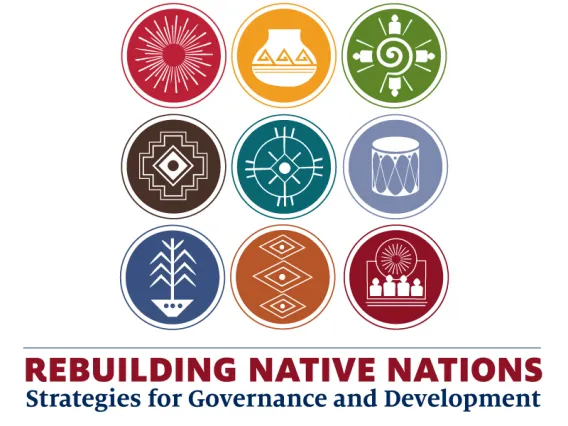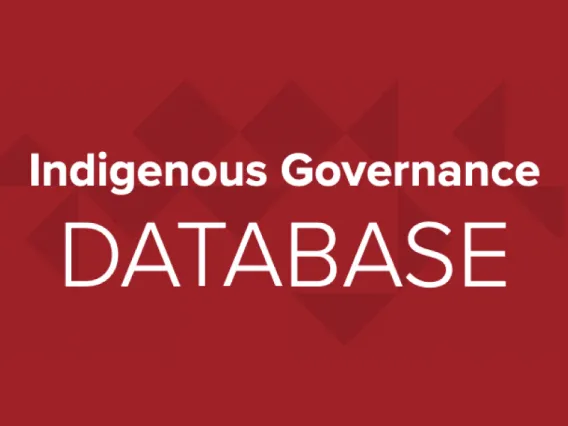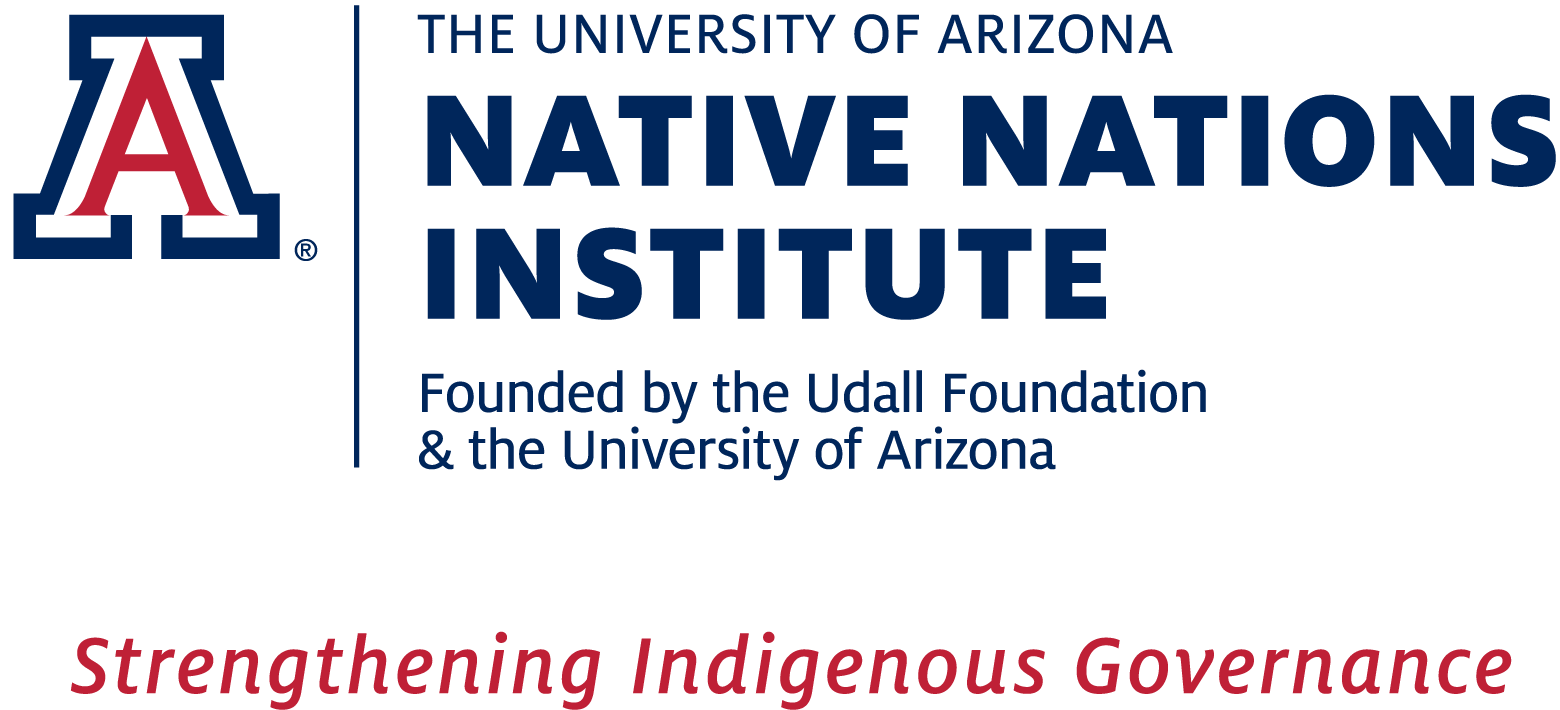
Native nation building is the process by which a Native nation strengthens its own capacity for effective and culturally relevant self-government and for self-determined and sustainable community development.
Nation building involves building institutions of self-government that are culturally appropriate to the nation and that are effective in addressing the nation’s challenges. It involves developing the nation's capacity to make timely, strategically informed decisions about its affairs and to implement those decisions. It involves a comprehensive effort to rebuild societies that work. In other words, a nation-building approach understands that tribes are not merely interest groups, but governing nations confronting classic problems of human societies.
Five Core Principles of Native Nation Rebuilding
The Native Nations Institute’s understanding of Indigenous nation building emerges from 35 years of research by the Harvard Project on American Indian Economic Development (founded in 1986) and NNI (founded in 2001). Our research efforts have sought to understand the conditions under which sustained and self-determined community development can be successful in Indigenous nations. The results indicate that five elements are particularly important:
|
Image

|
The nation makes the major decisions:Native nations that have been able to assert self-governing power have significantly increased their chances of sustaining development on behalf of their own goals. |
|
Image

|
The nation backs up authority with competence:The chances of sustainable development rise as Indigenous nations put in place effective, non-politicized dispute-resolution mechanisms and build capable bureaucracies. |
|
Image

|
Governing institutions match community beliefs about how authority should be organized:Institutions that reflect Indigenous conceptions of appropriate ways of governing are more effective at creating and sustaining thriving Indigenous communities. |
|
Image

|
Decisions are made with long-term priorities in mind:Native nations that are successful in achieving their goals tend to approach development not as a quick fix but as a means of building a community that works. |
|
Image

|
Individuals who recognize the need for fundamental change and can engage with community to make that happen:In Native nations that are achieving their goals, there is typically a group of individuals who recognize the need for fundamental change in the way things are done and can bring the community along with them in shaping the future they desire. |
Opportunities to learn more:

January in Tucson Course
Rebuilding Native Nations: An Introduction is an accelerated 3-day course at the University of Arizona with NNI's co-founder, Stephen Cornell, for credit or professional development
Cost: $750 (financial aid is available)

Introduction to Native Nation Building
Our 15-18 hour online asynchronous (at your own pace) course featuring 30 Native leaders & scholars
Cost: $250

Indigenous Governance Database
A compendium of 1600+ audio, video & text resources about Native nation building
Cost: FREE

